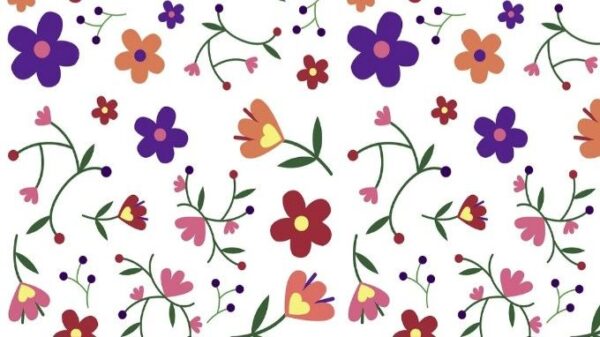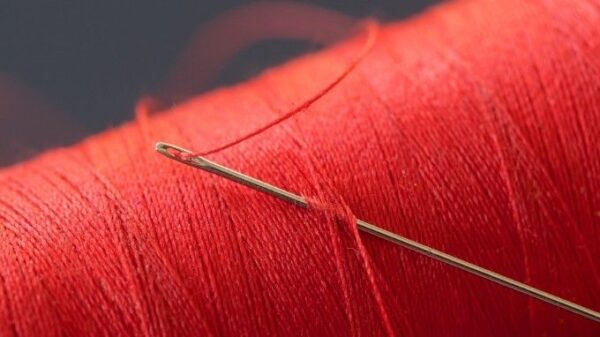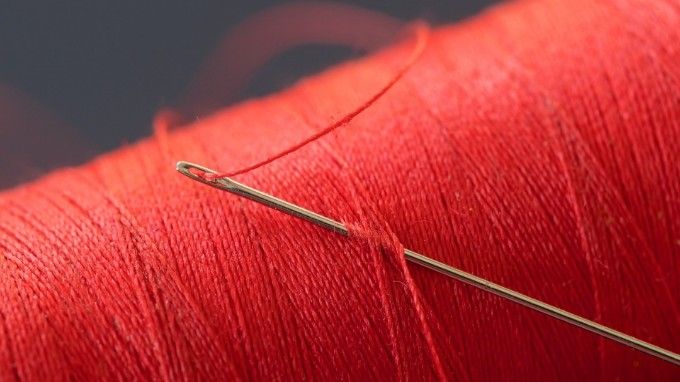Andhra Pradesh is one of the most lively states of southern India. It is a land that is soaked in custom, antiquity and creative fineness because it is the land where kalamkari fabrics was first born. It is one of the most visually striking and captivating pieces of art as it is painted by hand and it showcases the rich legacy of the state. When it comes to Art and Culture of Andhra Pradesh: Kalamkari Fabrics, these images are like tales of devotion, myth and skill that have been passed on from periods.
The Meaning of Kalamkari
Kalamkari is a form of art that factually means a kind of art that is drawn by pen, and it designates very complicated drawings that have been created from something as humble as the tip of a pen. When it comes to Art and Culture of Andhra Pradesh: Kalamkari Fabrics, there are two different styles of Kalamkari art ie the Srikalahasti style and Machilipatnam style. The former style was practiced in Chittoor district and this art consists of freehand drawing that is created with the help of a pen and it showcases mythological themes and temple art like when Jatayu was killed by Ravana while kidnapping Sita or when Draupadi called Krishna to her rescue in Mahabharata. On the other hand, the other style originates from the Krishna district where the design is created with the help of block printing and the design on these blocks are floral motifs and paisley motifs. This is influenced by Mughal aesthetics or Persian aesthetics.
History of Kalamkari

When it comes to the Art and Culture of Andhra Pradesh: Kalamkari Fabrics, this form of art started over three thousand years ago and it started during the Satavahana dynasty and it was originally used to elaborate designs on the walls of the temples and tell stories from epics in the form of paintings. The form of art became much more prominent during the Mughal era because it aesthetically inclined with their tastes. Years later, the British East India company also promoted Kalamkari designs as they began to export it to France and London. They used it as a commodity and made money out of it. Although the art form somewhat declined due to industrialization, it still managed to survive and today, it is loved by people around the world due to its recent revival.
The Process of Making It
At first the cotton is soaked in cow dung and bleach so that if any impurities are present, they can be removed and the dye can be properly absorbed. After that, natural dyes which have been taken from plants, roots and minerals are used to fill the designs after the outlines have been intricately drawn, traditionally with a bamboo tip. Then the final detailing is completed on the painting after which it is thoroughly washed. After it has been splashed, it is appropriately dehydrated in the sun. You will frequently be able to see conventional versions of faunas, animals, plants and architectural rudiments in the ornamental dress. If you are purchasing something from devotional art, you will be able to see stories from the bhagvata purana.

In conclusion, other than clothing, Kalamkari designs are also used for temple traditions. The priest often used kalamkari cloth to educate people about religious stories in order to enhance their morality. The handmade appeal makes it an attractive buy for many people and therefore, kalamkari art is used in sarees, dupattas and blouses. It is the best fit for a woman who wishes to wear a story with roots of ethnicity attached to it.
Author
Shreeja Mukherjee


